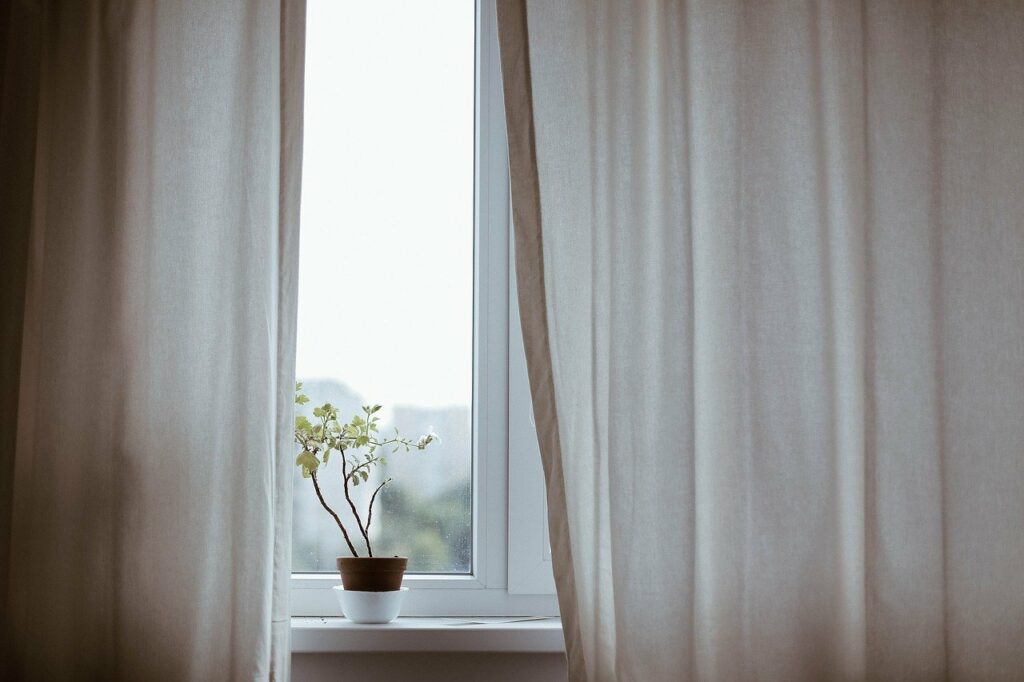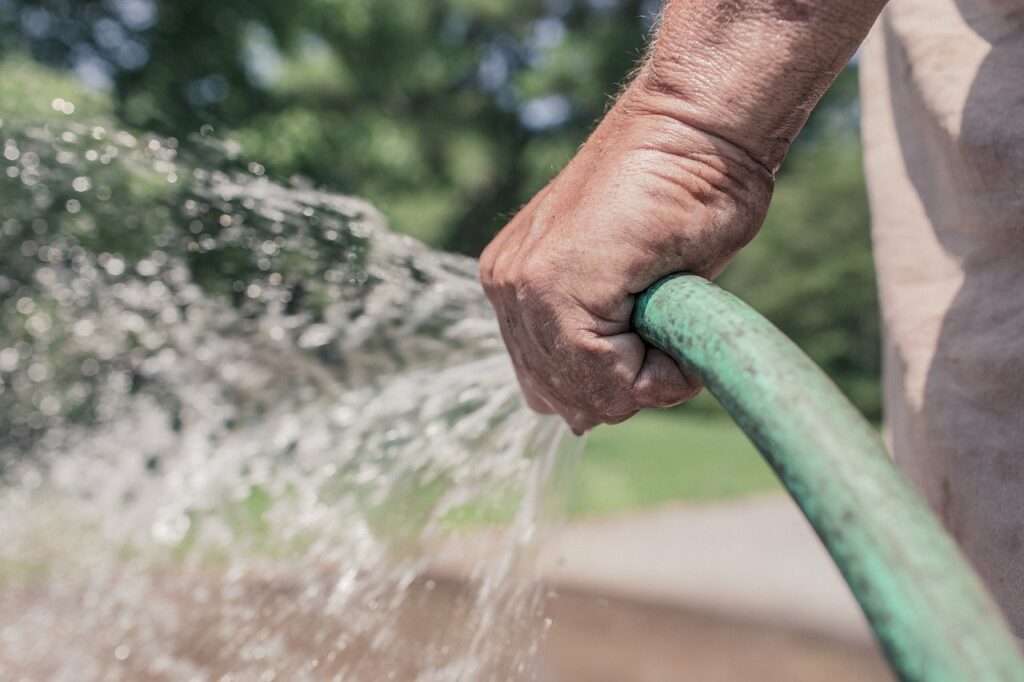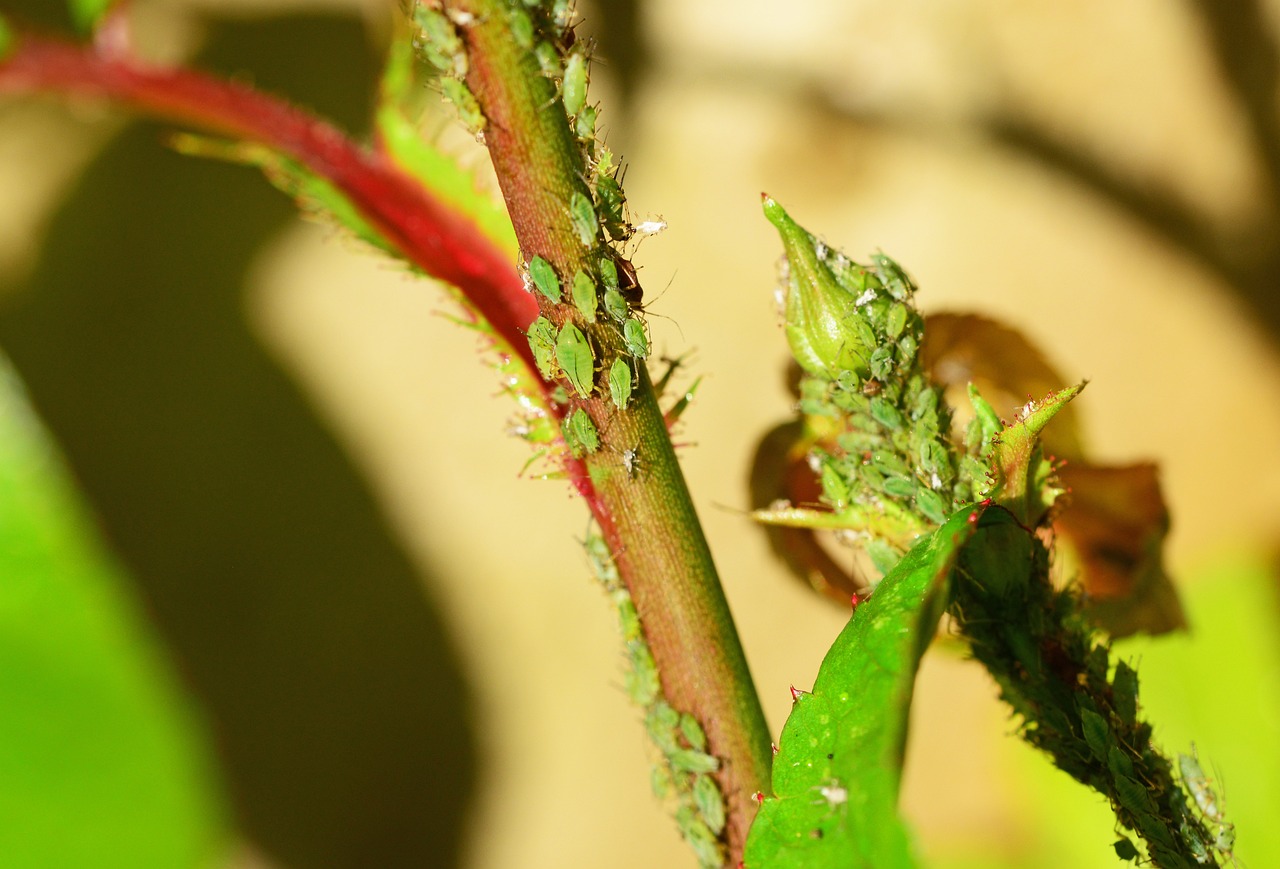There are many pests that can infest your garden. Aphids are some of the worst because they literally suck the life out of your plants. But aphids can also infect your house plants. It is very important to spot the signs of aphids on house plants as soon as possible. If you are aware of the signs you will be able to get rid of these pests quickly.
Aphids fast facts
- Aphids are small garden pests. Aphids are soft-bodied insects. They are very small – just 2 to 4 millimeters. They can come in many different colors, such as black, brown, green, red, and yellow. These critters are garden pests because they drain the sap out of your plants, deforming, weakening, and even killing your plants in the process.
- They are not always super troublesome, but they can be. Many times, aphids can cause negligible damage to plants. But the problem is that they multiply very quickly. In just one season, they can reproduce multiple generations. This is a problem because your plants can only take so many sap-sipping pests. Your plants need this nutrient-rich liquid to stay alive and healthy. With too many pests sucking sap, the plants can weaken and die.
- Even indoor house plants can get aphids. The plants in your outdoor garden are not the only ones vulnerable to these garden pests. Even your potted plants indoors are vulnerable. Some aphid species have wings, and they can fly inside your home. Your indoor plants can also be infested if you bring an already aphid-infested plant inside.

5 Signs of aphids on house plants
1. Direct presence of aphids on plants
One of the strongest signs of aphids on house plants is, well, seeing aphids themselves. The greatest strength of aphids is in their numbers. With many of them sucking the sap out of a plant, they can weaken and kill it.
But you can also see this as a weakness. You will often find these garden pests in clusters, usually on the underside of leaves. They like to lay their eggs there as well. The fact that they cluster together is also advantageous for aphid control. You can target them pretty easily because they are close together.
2. Small white flakes all over your garden
Like most insects, the aphid life cycle is divided into stages – from egg to adult. During the nymph stage, they molt and shed their exoskeletons. This is why you will see small white flakes all over your garden. These are the leftover exoskeletons from maturing nymphs. You will find these flakes on the leaves of plants or on the ground, depending on where the nymphs happen to be when they molt and shed.
Many plant owners, especially those with not enough knowledge of gardening and garden pests, think that these small white flakes are natural parts of the leaves of their plants. But now that you know that they are not, look for aphids when you spot these flakes.
3. Persistence of honeydew and mold on leaves
Aphids suck nutrient-rich liquids from your plants through their proboscises. But they can’t always process the sugars from the plants, so they release these sugars as waste. This waste is called honeydew, and they are essentially aphid poop.
Honeydew is a sugary liquid. By itself, it’s really not that dangerous to your plants. But it can be a problem because it can make leaves stick together. When this happens, fungi may develop. Sooty mold can be a particular problem.
Another problem with honeydew is that it attracts other pests that like sugary substances, such as ants and wasps. These pests can then harm your plants in their own ways.
4. Disfigurement and weakening of plants
Many times, you will see no visible symptoms at all that your plants are suffering from aphid feeding. Only when the feeding is at the severe level you will clearly see signs, such as curling, twisting, and yellowing of leaves.
But some severe aphid-feeding symptoms are more subtle, such as the general weakening of the victim plant. You may notice that the plant just has poor growth. You may also see stunted or dead shoots.
5. Plants having diseases or viruses
Aphid infestations are bad news. Aphids outright kill your plants by sucking the nutrient-rich liquids out of them. They also poop on your plants, attracting other pests and encouraging the development of fungi.
But here’s the worst part – aphids are some of the most common vectors for plant viruses. These viruses can destroy leaves, misshape fruits, and overall stunt the growth of your plants. One such virus is the cucumber mosaic virus, which can infect cucumbers, pumpkins, squashes, tomatoes, and other common garden vegetables.

How to get rid of aphids
- Remove aphids manually with your gloved hands. Getting rid of aphids doesn’t have to be super complicated. You can manually remove these garden pests with your hands. Look for them in your plants. Give particular attention to the stems and the underside of the leaves. Capture the aphids and kill them by dunking them in a bucket of soapy water. If you think you can’t salvage the leaves or stems, you can also cut them off.
- Blast them away with water. Dislodge aphids from your plants by spraying them with your garden hose. When they are off your plants, they usually have no way to get back. The water is also useful to wash away the honeydew aphids have left on your plants. But be careful with the water pressure. You don’t want to damage your plants, especially young ones, with the high pressure of your water spray.
- Try neem oil. You can try commercial pesticides if you want. But many gardeners, especially amateurs, want to use natural solutions like neem oil. You can buy ready-to-use neem oils. But you can mix a neem oil solution yourself at home. Simply dilute the oil in water and spray the solution on your aphid-infested plants.
Aphids are not good for your plants
Aphids are terrible garden pests. They suck nutrient-rich liquids out of your plants. Know the signs of aphids on house plants, such as the presence of aphids themselves, the development of honeydew, mold, and white flakes, disfigurement of leaves, and the overall weakening of plants.
If you know the signs, you are one step closer to diagnosing the problem and coming up with a solution. The easy solution is to just buy commercial pesticides and let them work their magic. But you can also go the DIY route. Remove aphids with your hands, water, or even essential oils.

